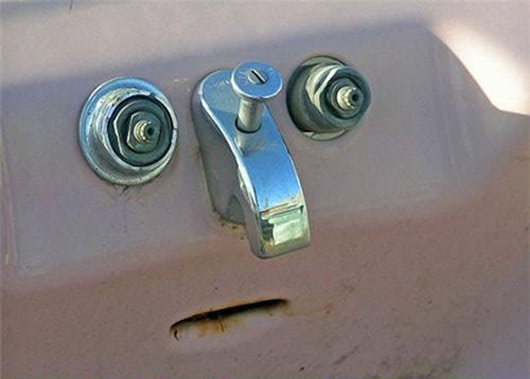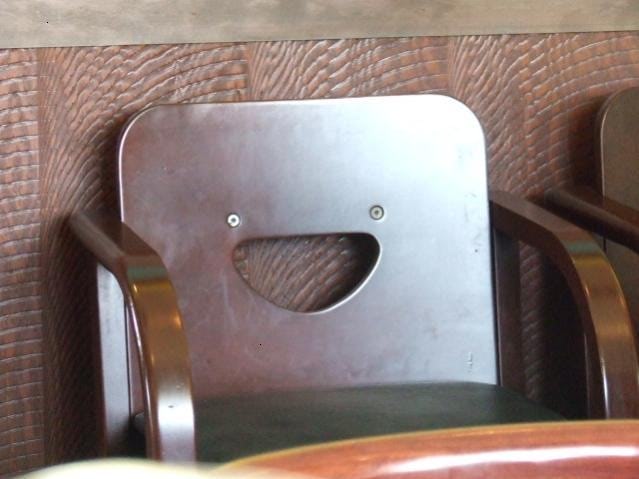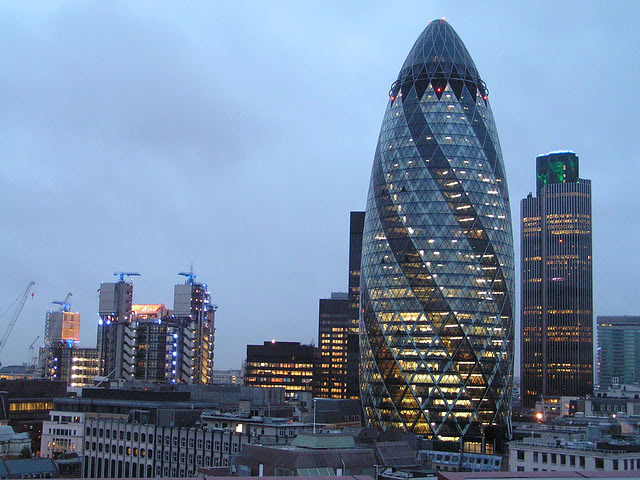For other entries and an introduction to the 11 Golden Rules of Anthropomorphism and Design, click here.
People have evolutionarily built-in mechanisms that help us to recognize the human face and body, and what gender, race and mood those faces and bodies are projecting. We’re so good at recognizing each other, we do it even when it’s not applicable. When we look at animals, machines, and random objects we infer characteristics that aren’t there. Especially when a product was intended to have certain human qualities, it’s easy to imagine even more. Since designers can create anthropomorphic products without even realizing it, it’s better to design these characteristics intentionally.
London's Swiss Re, aka The Gherkin, is a famous example of a building that looks like something more than an innocent suite of offices. Click through for more examples of unintentional anthropomorphizing.



Photos (in order) via Jovike, Happy Chair is Happy, Vierkante Driehoek, and Things that Look Like Faces.

Share your thoughts and join the technology debate!
Be the first to comment